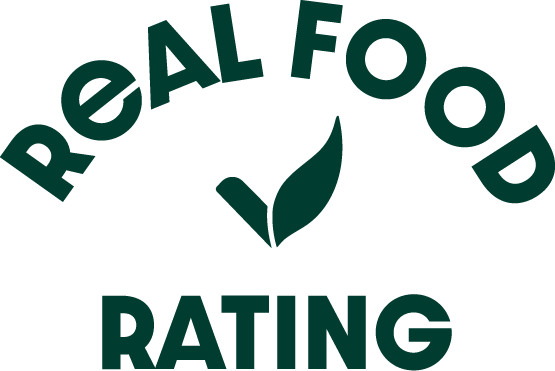The Hidden Ingredients Disrupting Your Child’s Health
May 27, 2025

The Additive SPIRAL
You’ve swapped the sugary cereals and ditched the neon-coloured lollies. But there’s a hidden layer in our food system that even savvy parents are missing: gut-disrupting additives like emulsifiers, thickeners and preservatives — many of which are still permitted in products marketed directly to children.
These synthetic compounds are used to create smooth textures, extend shelf life, and stabilise flavour — but there is a potential cost to our health that most of us are not aware of.
The Gut-Brain Connection (and What Additives Are Doing to It)
A groundbreaking clinical trial published in Gastroenterology found that just two weeks of consuming the emulsifier carboxymethylcellulose (CMC) disrupted the gut microbiome, reduced bacterial diversity, and triggered low-grade inflammation in healthy adults.
Other commonly used additives shown to have negative effects include:
- Polysorbate 80 – linked to gut inflammation and metabolic dysfunction
- Carrageenan – may trigger intestinal irritation and has been shown to induce colitis in animal studies
- Sodium benzoate & potassium sorbate – used as preservatives, but shown to impact gut flora and mitochondrial function
- Artificial sweeteners (e.g. sucralose, aspartame) – associated with glucose intolerance and microbial imbalance
Why This Matters for Children
Children are in a critical stage of immune and gut development. Exposure to these additives may:
- Disrupt their gut–brain axis
- Increase susceptibility to allergies, eczema, and behavioural issues
- Contribute to fussy eating patterns and poor digestion
Where They’re Hiding
You’ll often find these gut-disruptors in:
- Flavoured yoghurt and pouch snacks
- Plant milks and non-dairy yoghurts
- “No added sugar” bars and “healthy” cookies
- Pre-packaged school snacks and drinks
- Gluten-free and vegan products
Even brands marketed as clean or organic may use these under misleading names like “natural thickener” or “stabiliser”.
What You Can Do
- Read the label: Avoid products with long, scientific-sounding ingredients you wouldn’t cook with at home.
- Look out for these names: carboxymethylcellulose (E466), polysorbate 80 (E433), carrageenan (E407), mono- and diglycerides.
- Choose real, whole ingredients: Foods that don’t need stabilisers in the first place.
- Use the Real Food Rating system: To help you decode labels and make safer choices for your family.

